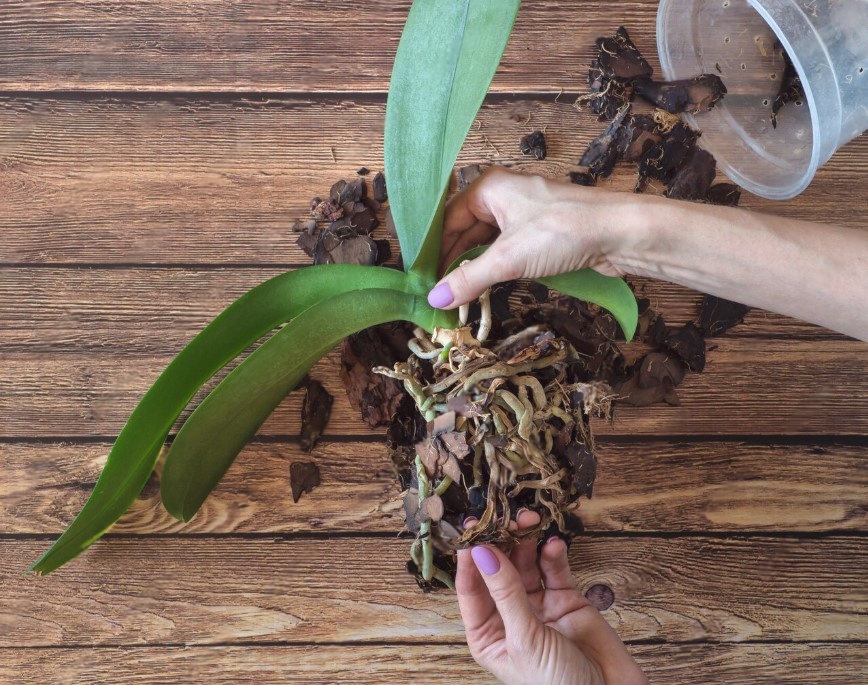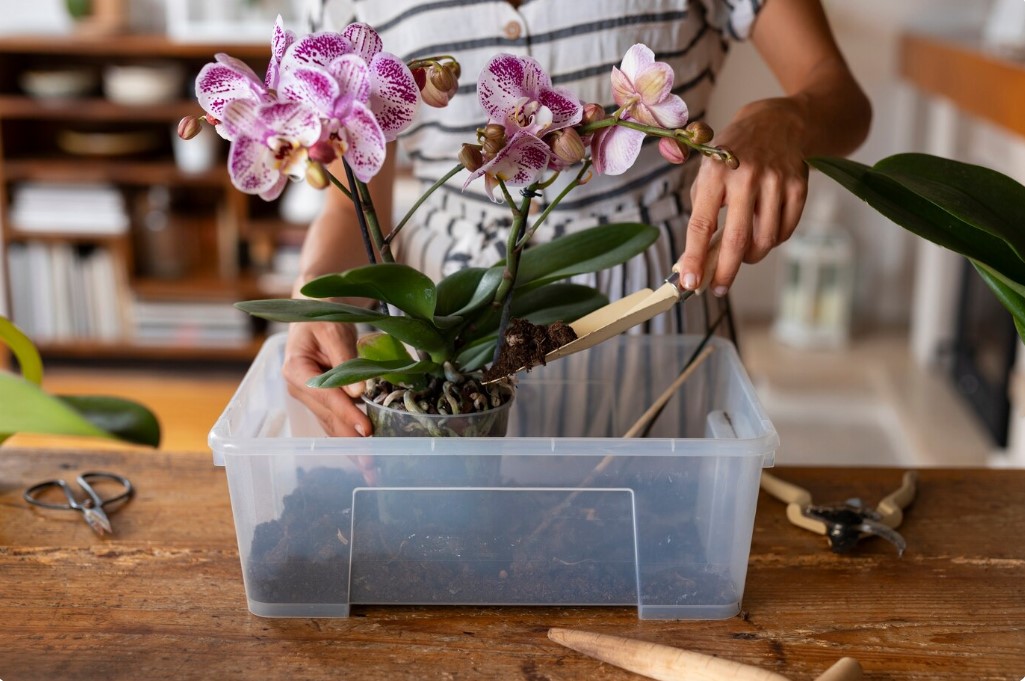Orchids are some of the most stunning and exotic plants you can grow, but keeping them healthy and vibrant takes more than just light and water. One of the most important factors in orchid care is using the right nutrients at the right time. The Ultimate Guide to Orchid Fertilizing will show you how to provide your orchids with exactly what they need to flourish. From selecting the best fertilizer to creating a feeding schedule that supports year-round growth and blooming, The Ultimate Guide to Orchid Fertilizing covers everything you need to keep your orchids thriving..
Why Orchid Fertilizing Matters

Orchids are epiphytes, meaning they grow on trees in their natural habitats rather than in soil. This unique lifestyle means they absorb nutrients from rainwater, decaying organic matter, and the air. In home environments, however, orchids rely entirely on their caregivers for nutrition. Without regular orchid fertilizing, these plants may struggle to produce flowers, develop weak roots, or exhibit stunted growth.
Fertilizers replenish essential macronutrients (nitrogen, phosphorus, potassium) and micronutrients (calcium, magnesium, iron) that orchids need to photosynthesize, grow roots, and bloom. Skipping this step is like expecting an athlete to perform without a balanced diet—it simply won’t work.
Understanding Orchid Nutritional Needs
Before diving into fertilizing techniques, it’s important to understand what nutrients orchids require and why:
- Nitrogen (N): Supports leaf and stem growth.
- Phosphorus (P): Encourages root development and flower production.
- Potassium (K): Strengthens overall plant health and disease resistance.
- Micronutrients: Trace elements like iron and magnesium aid in chlorophyll production and enzyme function.
Most orchid fertilizers display an NPK ratio (e.g., 20-20-20) on their labels. However, different growth phases demand varying ratios. For example, a high-nitrogen blend (30-10-10) is ideal for vegetative growth, while a high-phosphorus formula (10-30-20) promotes blooming.
Types of Fertilizers for Orchids
Choosing the right fertilizer is key to successful orchid fertilizing. Here are the most common types:
- Balanced Water-Soluble Fertilizers (20-20-20): Versatile and suitable for most orchids year-round.
- Bloom-Boosters (10-30-20): Designed to stimulate flowering during budding phases.
- Organic Options (e.g., fish emulsion, seaweed extract): Gentle and eco-friendly but may have a stronger odor.
- Slow-Release Pellets: Convenient for busy growers but less customizable.
Regardless of the type, always dilute fertilizers to half or quarter strength. Orchids are sensitive to salt buildup, which can scorch roots and leaves.
How to Fertilize Orchids: A Step-by-Step Guide
- Water First: Always moisten the potting mix before applying fertilizer to prevent root burn.
- Dilute Appropriately: Mix liquid fertilizer to 25–50% of the recommended strength.
- Apply Evenly: Pour the solution over the potting medium until it drains freely from the bottom.
- Frequency: Fertilize every 2–4 weeks during active growth (spring and summer) and reduce to once a month in fall and winter.
- Flush Monthly: Rinse the potting mix with plain water to remove excess salts.
Pro Tip: Use a fertilizer with urea-free nitrogen if your orchids are mounted or grown in bark, as they rely on microbes to break down nutrients.
Common Orchid Fertilizing Mistakes to Avoid
Even seasoned growers can stumble with fertilization. Steer clear of these errors:
- Over-Fertilizing: Too much fertilizer causes yellow leaves, blackened roots, and salt crusts on pots. Stick to a “weakly, weekly” approach.
- Using Tap Water with High Salinity: Hard water combined with fertilizer exacerbates salt buildup. Use rainwater or distilled water if possible.
- Ignoring Seasonal Changes: Orchids enter dormancy in cooler months. Reduce feeding during this time to match their slowed metabolism.
Seasonal Orchid Fertilizing Schedule
Tailoring your orchid fertilizing routine to the seasons ensures your plants get what they need when they need it:
- Spring/Summer (Active Growth): Fertilize every 2 weeks with a balanced or high-nitrogen formula.
- Fall (Pre-Bloom): Switch to a high-phosphorus blend to encourage flower spikes.
- Winter (Dormancy): Fertilize monthly or pause altogether if the orchid shows no growth.





